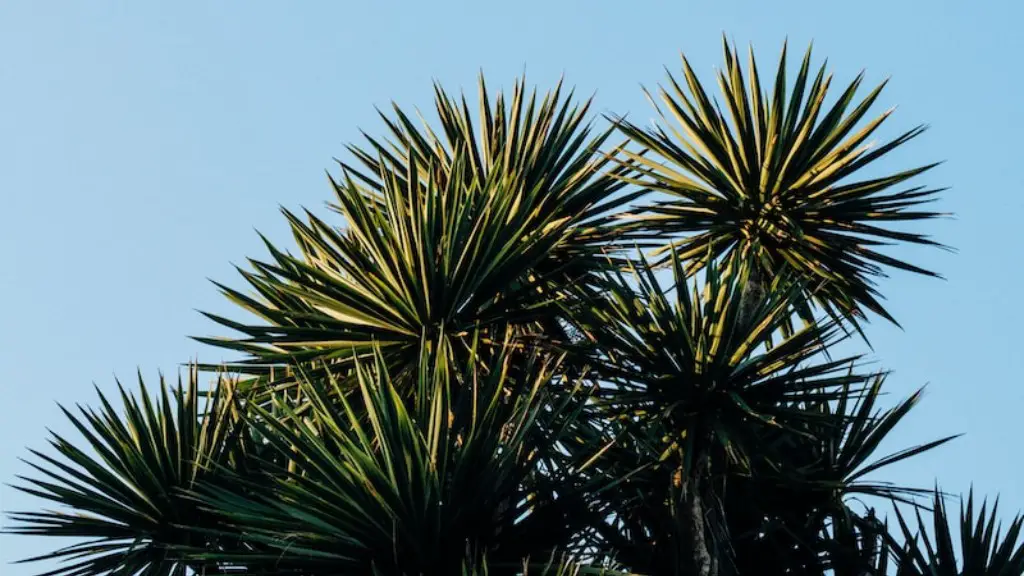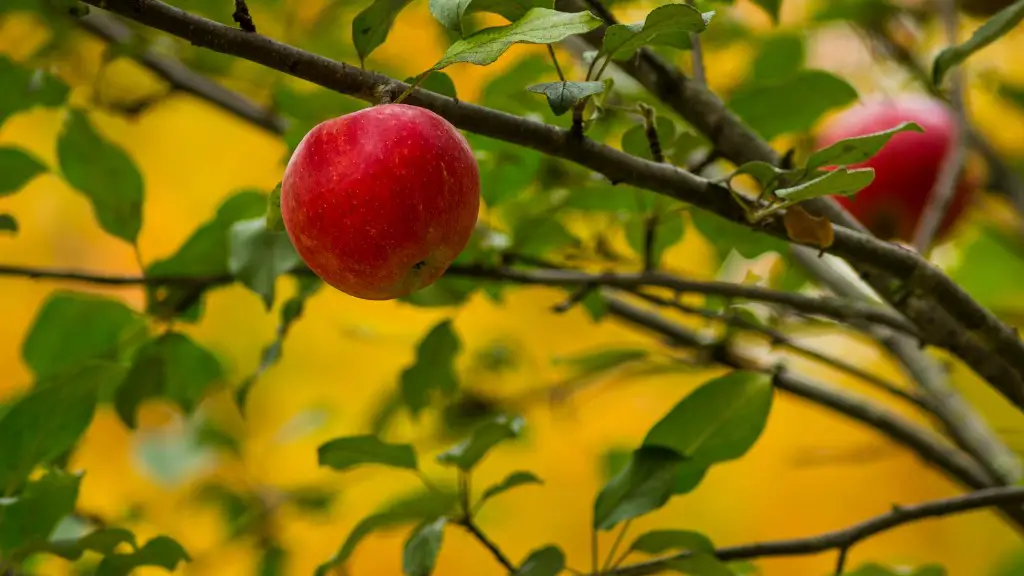Although there are many factors to consider, an easy rule-of-thumb for watering your lemon tree in winter is to let the top 4″ of soil dry out before watering. However, you should keep an eye out for any yellowing of leaves or wilting of the plants, which indicates the tree needs immediate water. Additionally, if the weather is exceptionally warm, you may need to water more frequently.
In general, lemon trees need deep and infrequent watering. To achieve this, provide the tree with enough water to reach a depth of 8-12 inches once every week during the winter. You may want to check the soil frequently as the surrounding environment may affect the water needs of your lemon tree. If the tree is newly planted, you must water it every other day.
It’s recommended that you water your lemon tree early in the day. This gives it time to absorb enough water before the night time temperatures decline, while avoiding potential fungal issues due to lengthy periods of wetness. For adequate coverage, water directly to the root zone of the tree and not to the foliage, as this will reduce the risk of fungal diseases.
If the temperature is below 38˚F, you should avoid watering, as this will put the tree at risk of being damaged due to freezing. Moreover, if you live in an area that has excessive rainfall during winter, you may not need to water your lemon tree at that time. Consult with a horticultural specialist to assist in determining the ideal amount of water for the winter season.
Having a proper irrigation system for your lemon tree will guarantee consistent waterings and keep the tree healthy. If you don’t have an irrigation system, use a hose, a watering can or buckets to water your tree. Watering your tree at the same location consistently allows for best results. If you water it around the edge of the pot, make sure to eventually cover the circumference to ensure even watering.
Watering During Unfavorable Conditions
During periods of sustained cold or severe freezes, overwatering should be avoided, as it will not promote the survival of the tree. In addition, too much water can damage the root zone, leading to plant decline. Furthermore, consider using protective winter mulch such as straw to help insulate the soil and reduce moisture loss.
Frosty Weather
If the temperature drops below freezing in your area, prepare for frost temperature drops by suspending watering for 7-10 days before the drop. Additionally, during or after the frost event, wait for the ground to dry before rewatering. Reduce the frequency of watering in order to reduce root activity, in the aim of preserving the plant.
Rewatering Schedule
If you’ve decided to reduce waterings during the winter, aim for rewatering when you eventually notice the leaves starting to curl, or when the soil is dry about 4″ below the surface. Upon rewatering, apply enough water to reach the roots of the tree to provide irrigation. It may take a few days for the tree to recover and come back to life.
Rainy Weather
If you’re located in an area with frequent rain during winter, you will likely not have to water your lemon tree. Depending on the amount of rain in your region, use rainfall as another measure of determining when to water the tree. Keep in mind that very high rainfalls may be beneficial up to a certain point, as it can cause water to run off quickly and deprive the tree of the necessary irrigation.
Over/Underwatering
Be aware that overwatering or underwatering your lemon tree can both lead to yellowing or falling leaves, wilting and dropping of fruits, and the plant eventually dying. Be mindful of adjusting the amount of water you give to your tree relative to the temperature and season. Excessive watering can lead to root rot, so make sure to water the tree only when necessary.
Know Your Region and Plant Type
Knowing the local climate in your area, such as the average rainfall and lowest temperature, will help you to determine the most suitable amount of water your tree needs during winter. In areas with a moderate climate and low temperatures, more frequent waterings may not be necessary, while in regions with cold climates and temperatures close to freezing, waterings should be kept to a minimum. Additionally, due to varying levels of cold-hardiness and drought tolerance, different types of plants will require varying levels of water.


